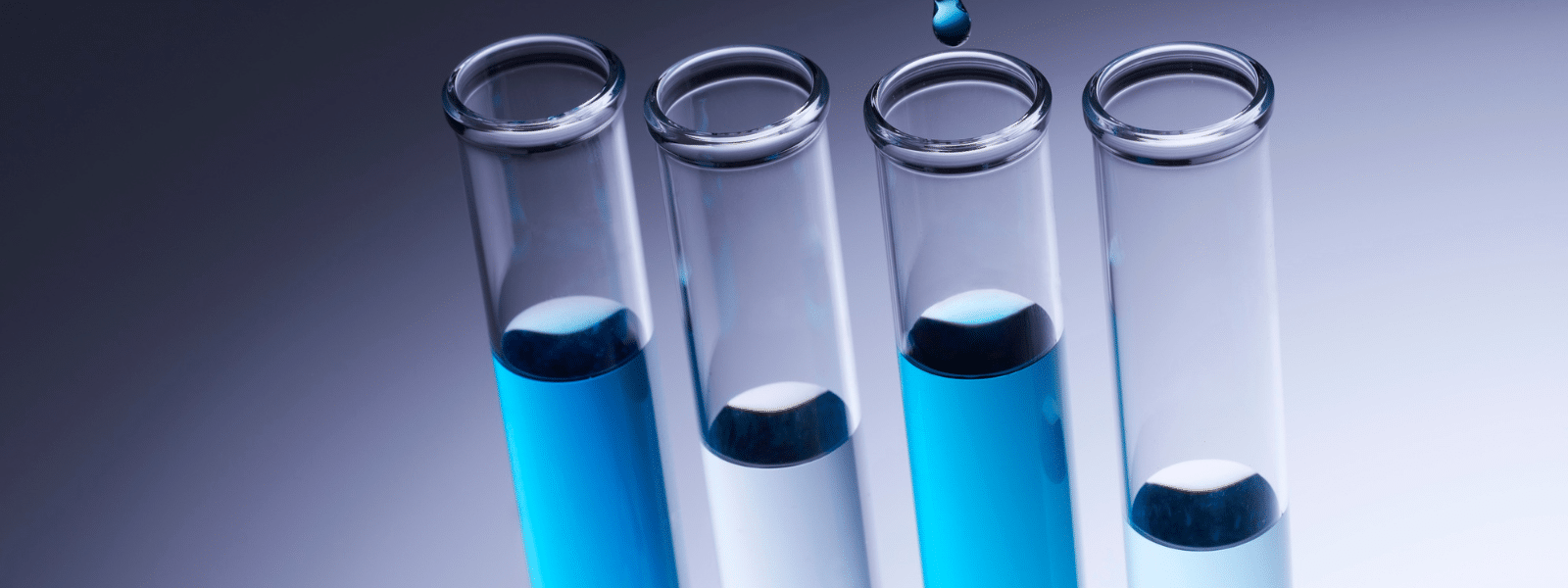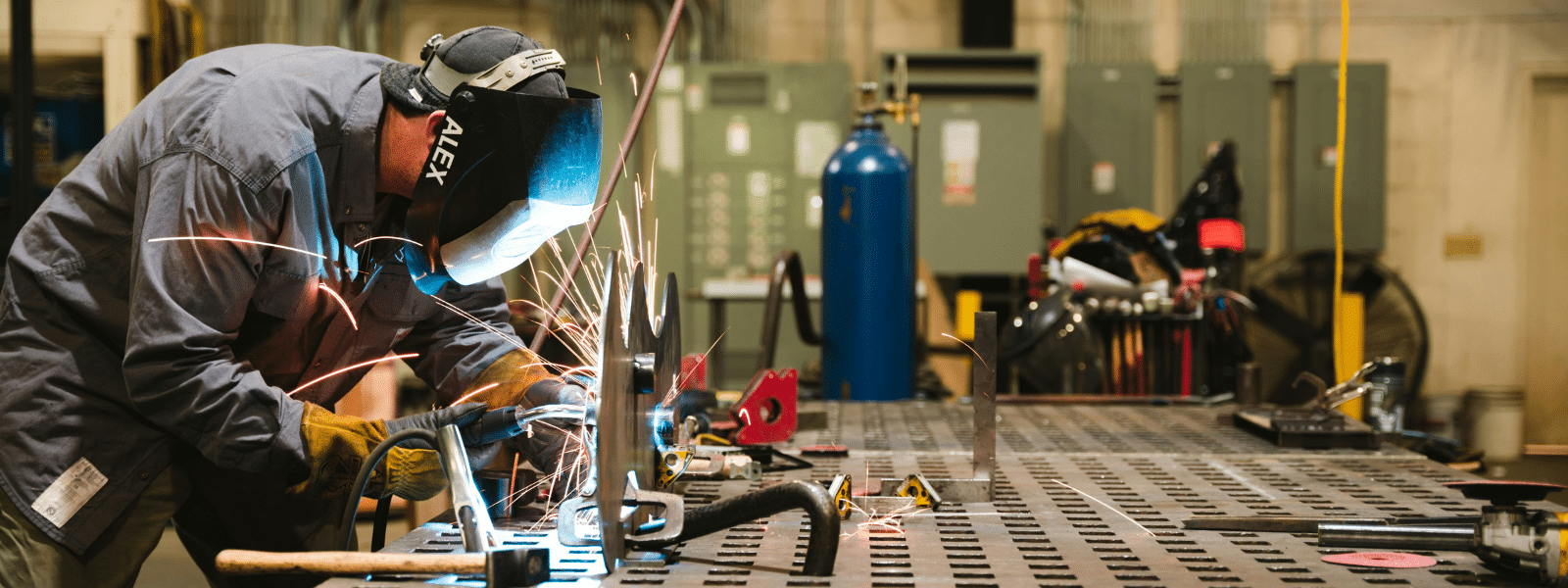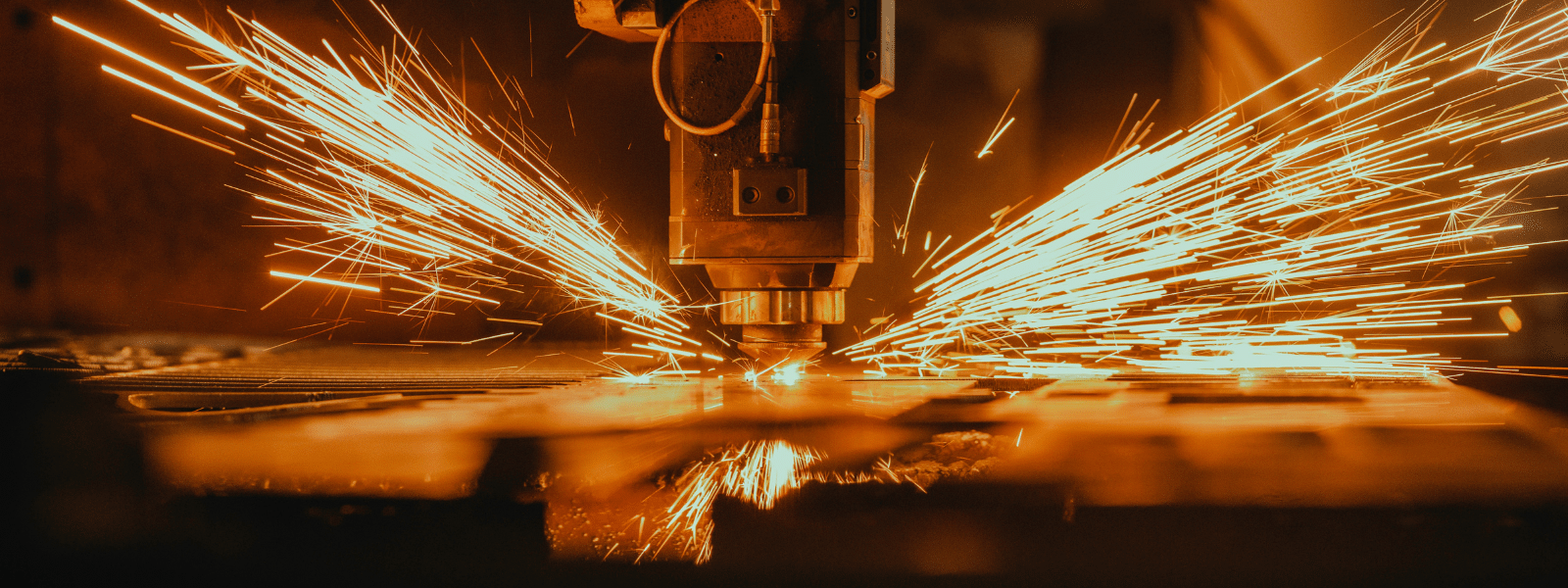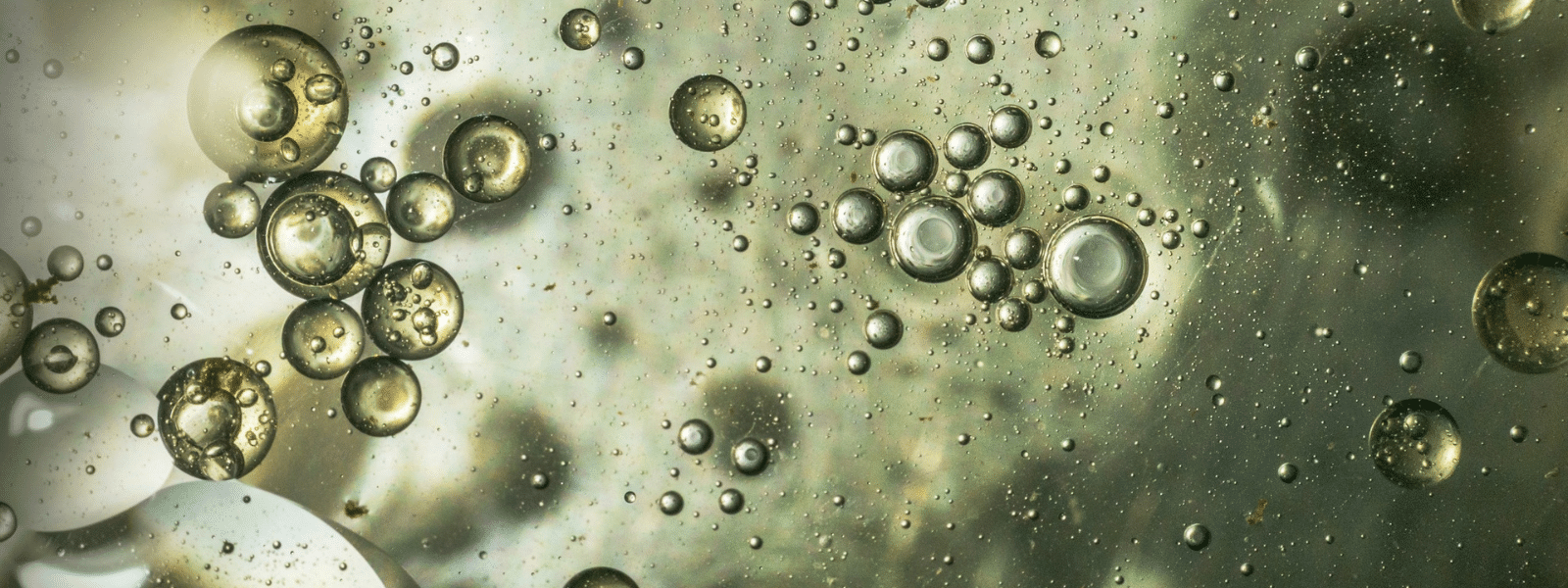
Safety, Savings and Sustainability for Multi-National Automotive Manufacturer
An automotive manufacturer of Pyrotechnic Airbag Inflators, Stored Gas Airbag Inflators, Electrical Initiators and Micro Gas Generators was faced with a very perplexing situation: How to Replace HCFC-141b from a 24×7 production that was critical to their production and profitability.

For decades the client consumed an HCFC-141b based, non-flammable solvent in a highly explosive environment – i.e. pyrotechnic airbag inflators.
Pros: cost-effective ($7/can in early 2000), fast drying (classified as a refrigerant), non-flammable, plastic safe and cleans well (high kb value).
Cons: volatile raw material pricing ($2/lb to $20/lb within 5 years), Class II ozone depleting potential (ODP), discontinued production effective 1/1/2003
Ecolink received an urgent call from a US-based automotive manufacturer to design a cost-effective, compliant alternative to Big Bath aerosol (HCFC-141b based) solvent.
We’re in a tough spot. That’s why I think we should lay everything on the table and come up with a Win / Win.
-Larry, Buyer Manager
Customer priority list:
- Pricing & availability – HCFC 141b phase-out of production effective January 1, 2003 causing prices to increase and an uncertain supply availability beyond phase-out
- Just-in-time (daily) delivery – very limited storage (15 cases/day maximum)
- Plastic (Lexan) compatibility
- Process improvement – punctured over 40,000 -50,000 cans/year with an 10% average loss factor
- Reduce solid waste, including recycling content
- Save green ($, money) by going green (fewer air/VOC emissions)
After two years of in-person meetings, team interviews among end users, engineering, environmental health and safety team, Ecolink partnered with the client to custom design a flammable solvent-based aerosol and bulk degreaser that had no short to long-term regulatory supply disruption. The design collaboration encompassed all aspects of the product (chemical composition) and packaging (product name, valve type, can size, spray pattern) and the creation of ECC-22.
Results:
- Eliminated 25,000 – 30,000 aerosol cans per year + 6 x 55-gal drums of hazardous waste disposal generated per year
- Saved over 7,000 lbs (3.5 tons)/year of steel
- Reduced VOC emissions by 14x (44% vs 2.5%)
- Converted 10% of annual aerosol consumption to bulk use reducing amount of freight, handling, inventory, tracking and disposal costs
- Replaced $10/can (and rising) to $4-5.50/can saving more than $6,000,000 [$6M] over 7 years (and counting)
- Zero (0) plant shutdowns – 7 consecutive years of just-in-time delivery to meet revolving production schedule















